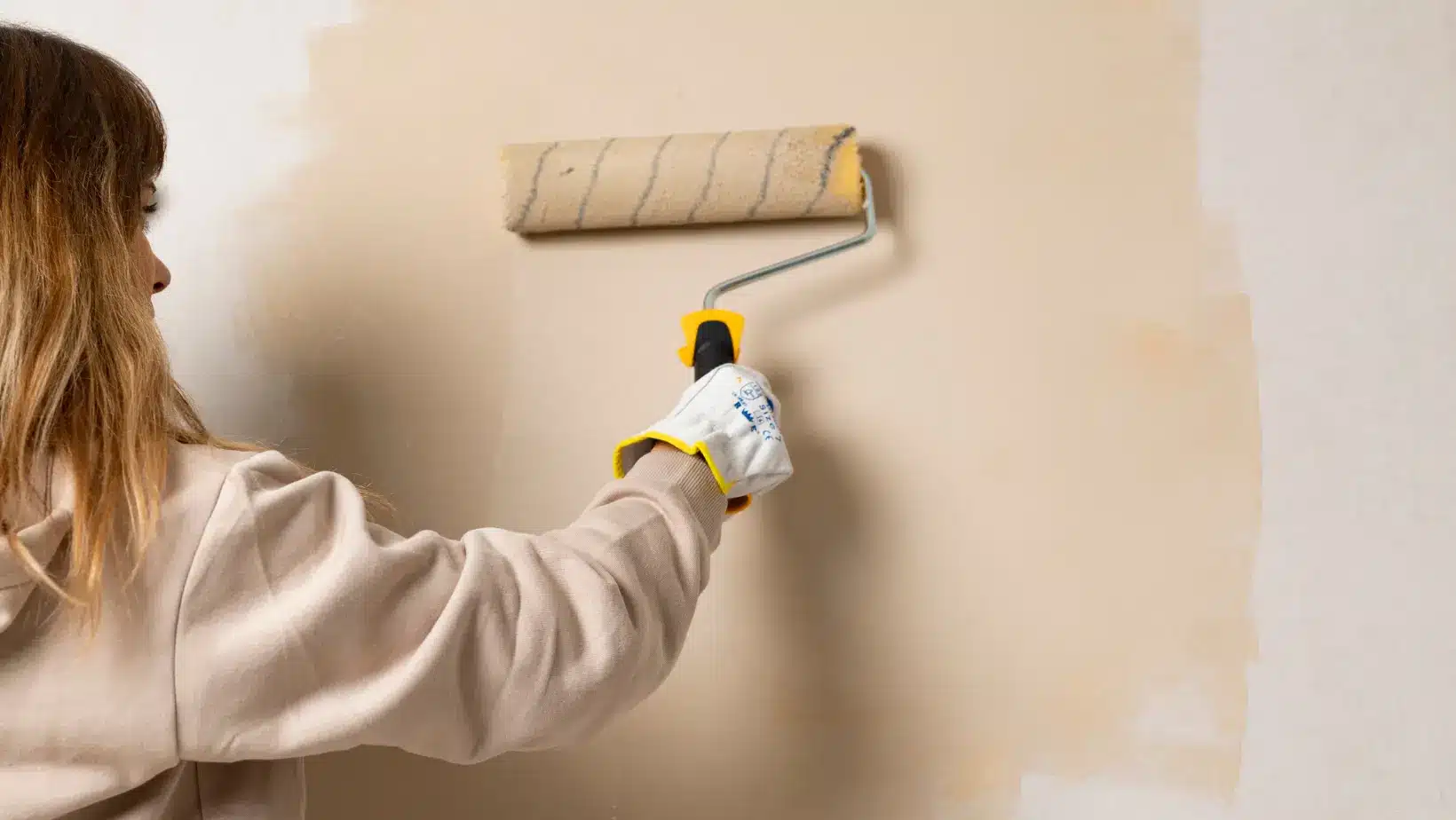At the end of their pregnancy, many women will be grabbing paintbrushes and rollers to refresh the room in the house that will become baby’s bedroom. Which paints or stains are best to use during pregnancy, and which to avoid? This is a very good question, given that both the mother-to-be and the baby in utero may be affected by certain products, which should be completely eliminated during pregnancy as a precautionary measure.
Painting During Pregnancy
Some products contain toxic ingredients that can be absorbed by the mother and become harmful to her and her baby. Health Canada has noted methylene chloride and lead in these products, which is a real danger for Mother and baby. It recommends never being exposed to one or the other from throughout pregnancy.
Volatile organic compound (VOC) based Latex paints, water-based outdoor paints and indoor water-based stains should be used. Water-based means that the product contains fewer volatile organic compounds, as Environment Canada regulates the levels. For example, water-based paints can’t include more than 250 g of VOC per litre. Similarly, outdoor water-based stains are permitted when applied using gloves. There are also VOC-free paints, but you have to order them directly from your expert.
You can also find milk paints (that contains casein like milk). These are ecological, 100% natural, biodegradable and environmentally friendly. They contain very low VOCs and no chemical products, are almost odour-free and are very good for indoor and outdoor walls and furniture.
Paints and other products to avoid:
- Oil-based paints
- Floor paints
- Paint and wallpaper dissolvent
- Spray paints
- Mineral essence and acetone-based paint thinners (e.g. : Varsol)
You should also know that cleaning products such as TSP degreaser should be replaced by TSE degreasers during pregnancy, as the latter doesn’t contain phosphates; wallpaper glue and plaster when renovating are allowed as long as there is proper aeration.
Now oils!
Products to avoid:
- Solvents, strippers and varnishes.
Advice for painting while pregnant
- Even if water-based products are permitted during pregnancy, always wear a mask and gloves to avoid skin contact. Skin is more sensitive during pregnancy;
- Also avoid sanding painted surfaces which could contain lead-based products (regulations to eliminate lead in paint only date from the 1950s);
- Always ensure adequate air circulation when applying paints or stains year-round.
For information in case of poisoning or intoxication:
Poison Control Centre
Telephone : 1 800 463‑5060
(24/7 emergency telephone service)
Marie Fortier
The Baby Expert
Updated article : February, 2025.
References :
-
INSPQ https://www.inspq.qc.ca/mieux-vivre/grossesse/quotidien-pendant-grossesse/produits-d-usage-domestique#:~:text=Peintures%20et%20d%C3%A9capants,expos%C3%A9es%20%C3%A0%20l’occasion%20seulement
-
Santé Canada https://www.canada.ca/content/dam/hc-sc/documents/services/healthy-home/guide/produits-chimiques-polluants-maison-conseils-grossesse-préparation-arrivee-bebe.pdf
-
Éco-peinture https://www.ecopeinture.ca/blogue/femme-enceinte-travaux-de-peinture-quoi-savoir/


